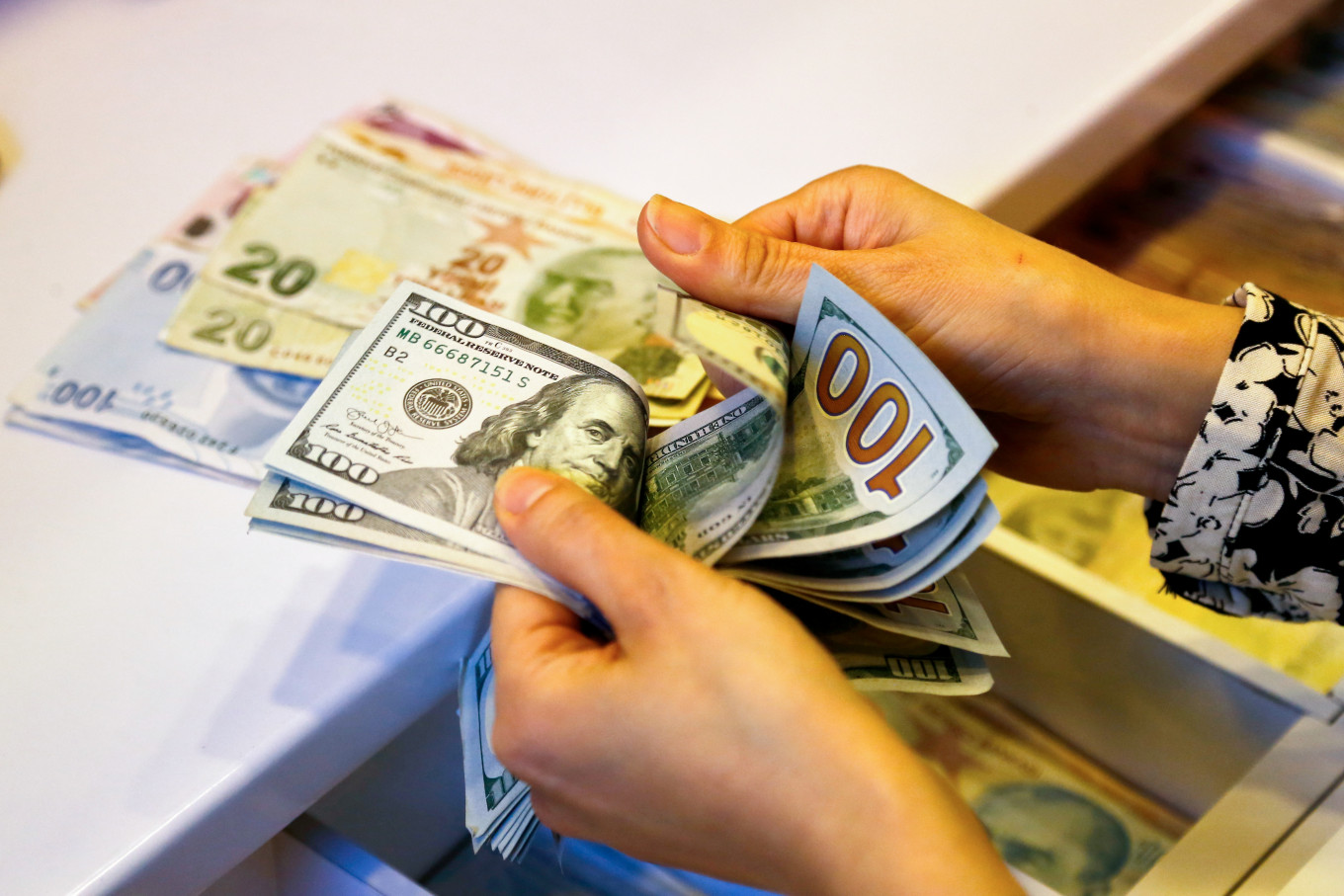Forex
Dollar tentative as investors eye global rates, economic outlook

The dollar was on the back foot on Monday, though it found some safe haven support on lingering worries that the protracted monetary tightening cycles from major central banks would further hurt the global economic outlook.
Dramatic weekend events in Russia also kept investors on guard, though reaction in the currency market was subdued as they assessed the implications of the aborted mutiny.
The euro pared some of its losses from last week and was up 0.05% to $1.0901 in Asia trade.
The single currency had fallen to a one-week low on Friday after data showed that euro zone business growth virtually stalled in June amid a deepening downturn in manufacturing activity and a slow expansion of the bloc’s dominant services industry.
Sterling rose 0.11% to $1.2730, reversing some of its 0.8% fall last week after an outsized 50-basis-point rate increase from the Bank of England stoked fears of a British recession.
Flash Purchasing Managers’ Index (PMI) data on Friday showed Britain’s economy displayed signs of a slowdown this month but inflation pressures stayed high.
Meanwhile, U.S. business activity fell to a three-month low in June and the contraction in the manufacturing sector deepened, though the overall picture indicated economic growth ticked up a notch in the second quarter.
“Again, (there was) another set of weak PMI data coming out of Europe,” said Carol Kong, a currency strategist at Commonwealth Bank of Australia (OTC:CMWAY) (CBA). “By contrast, PMI data in the UK and the U.S. continue to be pretty solid in the face of aggressive interest rate hikes.
“The aggressive monetary tightening in the major economies… will likely continue to see the global economy continue to deteriorate, which will underpin the safe haven U.S. dollar.”
Against a basket of currencies, the U.S. dollar steadied at 102.74, after a gain of more than 0.5% last week, its first in nearly a month.
Elsewhere, the Japanese yen rose more than 0.2% to 143.39 per dollar, though was not far from an over seven-month low of 143.87 hit on Friday.
A Bank of Japan (BOJ) policymaker called for an early revision to its yield curve control, a summary of opinions at the June meeting showed on Monday, while the country’s top currency diplomat, Masato Kanda, said the same day that authorities would not rule out any options to respond appropriately to excessive currency moves.
The yen has come under renewed pressure in recent weeks amid the stark contrast between the BOJ’s ultra-dovish stance and hawkish central banks elsewhere.
RISKS ABOUND
Traders were also closely monitoring developments in Russia, after heavily armed Russian mercenaries withdrew from the southern Russian city of Rostov under a deal that halted their rapid advance on Moscow but raised questions on Sunday about President Vladimir Putin’s grip on power.
That sent the Russian rouble tumbling to a near 15-month low against the dollar in early morning trade on Monday.
The risk-sensitive Australian dollar rose 0.04% to $0.6682 after sliding nearly 3% last week, while the kiwi gained 0.37% to $0.6167, having similarly dropped over 1% last week.
“The armed uprising in Russia… despite being aborted, lay bare risks of Russian instability from within,” said Vishnu Varathan, head of economics and strategy at Mizuho Bank. “Risk assets may generally not fare so well, especially if geopolitical risks re-emerge.”
In Asia, China on Monday returned from a holiday, leaving markets on the alert for further support measures from Beijing to stimulate the country’s faltering economic recovery.
The onshore yuan fell more than 0.5% to a seven-month low of 7.2199 per dollar, tracking its offshore counterpart, which had weakened past 7.2 per dollar last week.
The offshore yuan was last 0.1% lower at 7.2214 per dollar.

 Forex3 years ago
Forex3 years agoForex Today: the dollar is gaining strength amid gloomy sentiment at the start of the Fed’s week

 Forex3 years ago
Forex3 years agoUnbiased review of Pocket Option broker

 Forex3 years ago
Forex3 years agoDollar to pound sterling exchange rate today: Pound plummeted to its lowest since 1985

 Forex3 years ago
Forex3 years agoHow is the Australian dollar doing today?

 Cryptocurrency3 years ago
Cryptocurrency3 years agoWhat happened in the crypto market – current events today

 World3 years ago
World3 years agoWhy are modern video games an art form?

 Commodities3 years ago
Commodities3 years agoCopper continues to fall in price on expectations of lower demand in China

 Economy3 years ago
Economy3 years agoCrude oil tankers double in price due to EU anti-Russian sanctions





















